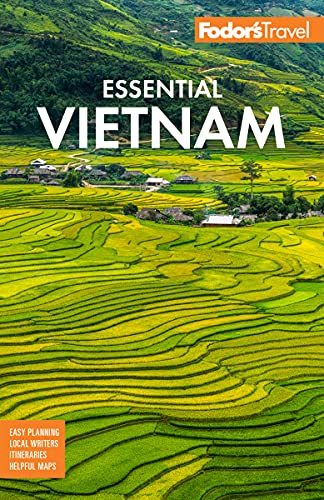When to Go
The best time to tour the northern highlands is from late August to mid-December, after the summer monsoons have abated and any mudslides are likely to have been cleared.
Northwest Vietnam has a clearly defined winter, with a cold and clammy mist settling in for a few months starting in January. January and February are quite cold in the mountains, and Mt. Fansipan is occasionally dusted with snow. If you're heading into the highlands in winter and intend to do some trekking, come prepared: a light sweater, a waterproof jacket, a wool hat, long johns, and some insulated hiking boots should keep you warm.
There are also various microclimates in the Northwest. Sapa, for example, is the coldest place in Vietnam on average, with mist and cloud regularly making visibility an issue and lowering temperatures even further. Just over the Tram Ton Pass, however, the area around Lai Chau experiences much clearer weather. The best time to visit Sapa is in spring and early summer (approximately March to May) and in the fall (September to November), the latter being the ideal time to see the area’s rice terraces in their full verdant glory. The climate in Bac Ha is noticeably sunnier and warmer than in Sapa, making it a plausible alternative base in the region. There are not as many festivals in Dien Bien Phu as there are in the towns farther north, but you might want to time your visit to coincide with the biennial Dien Bien Phu Festival, which takes place on May 7th. The festival commemorates the battle of Dien Bien Phu, but also encompasses a host of other events and activities.
Festivals
During winter, after the turn of the lunar new year, the minority tribes of the area celebrate a colorful array of festivals. Special events at this time include the Nhan Song and Nao Song Festival, celebrated by the Red Dao, and the Gau Tao Festival, marked by the H’mong ethnic group. Both festivals and others in the Sapa area are centered on themes of regeneration and longevity.
Gau Tao Festival. A H'mong festival where members of the mountain communities ask for happiness and longevity, Gau Tao is celebrated early in the lunar year, around Tet holiday in most households. Following a blessing by a H'mong holy man, the festival is marked by a series of lively traditional games and competitions. The Gau To festival is not held by the village but in households, and lasts for three to five days every year. Sapa, Lao Cai.
Nhan Song and Nao Song Festival. Celebrating the coming of spring, and held in the first lunar month every year, this festival is celebrated by the Red Dao people in the village of Giang Ta Chai. People of the village indulge in a range of ceremonies with the purpose of raising awareness of deforestation. The village leader, also the forest protector, will announce regulations about deforestation that the people have to obey. Giang Ta Chai, Ha Giang.
During Tet, the lunar new year, you'll find northern Vietnam cold and drizzly but extremely festive. If you're coming during this time, make plane and hotel reservations very early.




